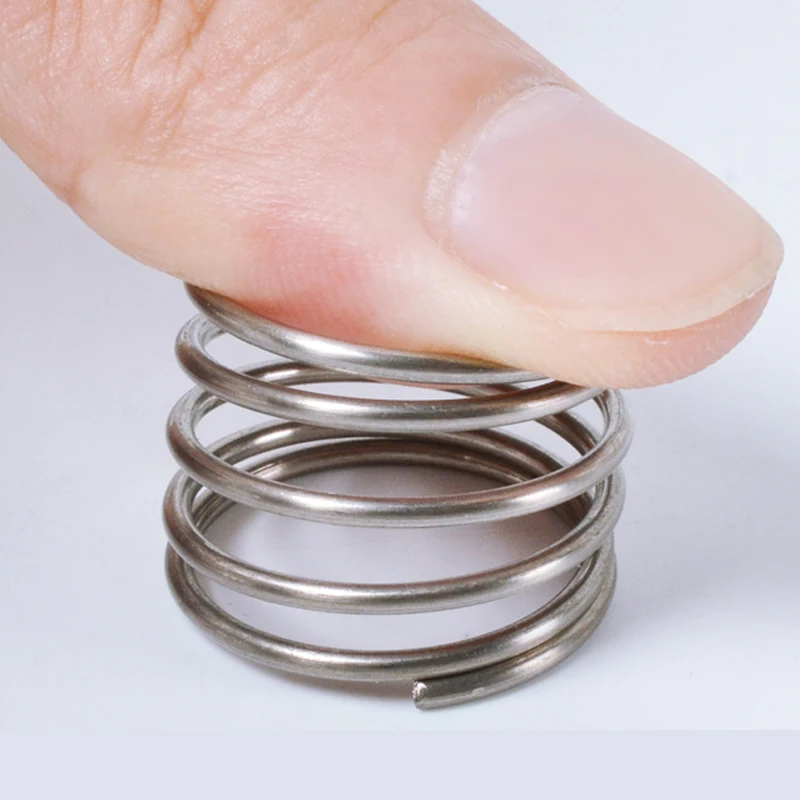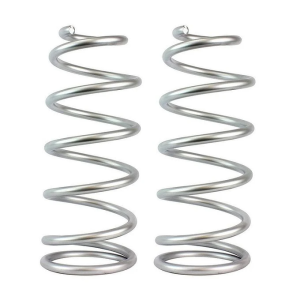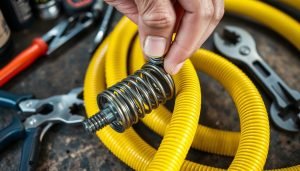Coil springs are essential parts of many mechanical systems and are vital for stability and shock absorption. These springs are resistant to wear and strain over time, despite their resilience. This article will discuss how long coil springs last, how to tell when they’re worn out, and whether coil springs deteriorate with time.
What Is the Duration of Coil Springs?
The environment in which a coil spring works and the weight it supports have a significant impact on how long it lasts. In the context of automobiles, coil springs typically have a lifespan of 50,000 to 100,000 miles. On the other hand, they may endure up to 15-20 years in less demanding applications, including home appliances. The spring’s substance, the amount and frequency of use, and external circumstances like exposure to chemicals, dampness, or extremely high or low temperatures are the main determinants of longevity.
How Can I Tell If the Springs in My Coil Are Worn Out?
Recognizing worn-out coil springs helps stop additional harm from occurring to the equipment or car they are a part of. Keep an eye out for the following typical signs:
Sagging or Unequal Ride Height: A sagging coil spring may be the cause of a car that sits lower on one side.
Unusual Noises: If the coil spring makes creaking, clunking, or popping noises when it operates, something is wrong.
Poor Handling or Stability: Rougher rides, less stable handling, or more body roll when turning can all be caused by worn coil springs.
Visible Damage: Check for any obvious rust, distortion, or cracks on the springs. Physical damage of any kind is a dead giveaway that the spring is weak.
Frequent inspections can aid in the early detection of these problems, particularly during extended usage or in adverse environments.
Do Weak Coil Springs Degrade With Time?
Indeed, coil springs do deteriorate with time, particularly if they are exposed to persistently high loads or harsh weather. After compression, the spring’s capacity to revert to its former shape may diminish due to fatigue of the metal. The spring may become less effective as a result of this weakening process, offering less support or cushioning than planned.
A coil spring’s rate of weakening is influenced by several factors, such as:
Material Quality: Springs with superior steel or alloys have a higher fatigue resistance.
Operating Conditions: Springs are more likely to deteriorate over time if they are subjected to harsh temperatures or corrosive environments.
Load Stress: Carrying loads that are consistently near or greater than the spring’s design capacity can cause the spring to deteriorate more quickly.
Even though they are strong and dependable, coil springs can wear out. Maintaining the functionality of the systems they are a part of can be aided by being aware of their lifespan, how to spot wear and tear, and the fact that they do deteriorate with time. To guarantee efficiency and safety in any application, worn-out springs must be replaced on time and with regular maintenance.






